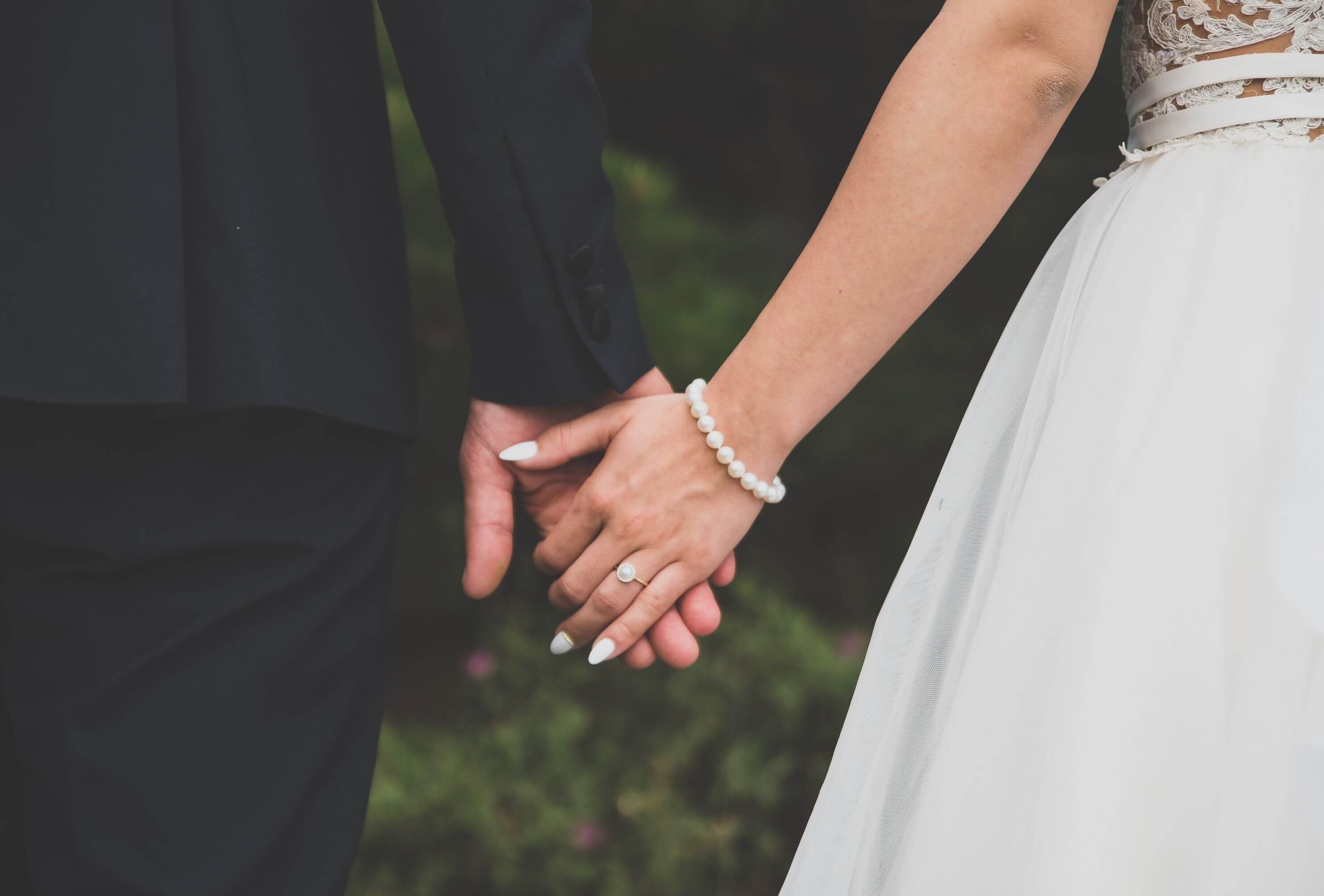
If you are married or in a civil partnership, there are two different tax relief schemes that could help you to save money as a couple by paying less tax.
Here we take a look at the differences between the two schemes, how to work out if you are eligible, and what are the tax benefits to married couples.
What is the Marriage Allowance?
The Marriage Allowance is a government scheme designed to give income tax relief to married couples. This allows a UK tax payer to transfer part of their Personal Allowance over to their husband, wife or civil partner.
For example, for the 2020-2021 tax year the Personal Allowance amount is £12,500. This is the amount you can earn before you have to start paying tax. You can transfer £1,250 of your Personal Allowance to your partner. This will be deducted from your total taxable income at the end of the year along with the rest of your Personal Allowance.
Using the Marriage Allowance scheme can be a good opportunity for couples where one partner is on maternity leave, a stay-at-home parent, retired, self-employed or unemployed, as by doing this you can reduce your tax bill by up to £250 over the year.
Who is eligible for Marriage Tax Allowance?
You can apply for the Marriage Allowance if:
- You are married or in a civil partnership
- You were both born after 6th April 1935
- One of you does not pay income tax or earns less than the Personal Allowance of £12,500
- One of you pays Income Tax at the basic rate
- You are not already receiving the Married Couple’s Allowance
You cannot claim for the Marriage Allowance if you are living together but not married or in a civil partnership.
How does marriage tax allowance work?
The lower earner must apply to HMRC to request that any unused Personal Allowance is transferred to their spouse.
You can find out how much you could save by using the Marriage Allowance Calculator.
Marriage Tax Allowance claims can be backdated to 2016 but you must have been eligible in all of those years you are claiming for. Earnings should also fall within the specific tax thresholds of any past years being claimed.
You must cancel your Marriage Allowance if:
- your relationship ends (you have divorced, ended (‘dissolved’) your civil partnership or have legally separated)
- your income changes and you are no longer eligible
- you no longer want to claim
If your partner has died since 5th April 2016, it is possible to backdate your marriage allowance claim to include any tax year since 5 April 2016 that you were eligible to receive it.
Will the Marriage Allowance change my tax code?
You and your partner will both receive new tax codes when applying for the Marriage Allowance.
Your new tax code will end with:
- ‘M’ if you are the person receiving the allowance
- ‘N’ if you are the person transferring the allowance
What is the Married Couple’s allowance?
The Married Couples Allowance is also a tax relief scheme but is only available to those who are married or in a civil partnership and one person was born before 6th April 1935.
For the 2020 – 2021 tax year the Married Couple’s Allowance could reduce your tax bill by between £351 and £907.50 a year.
You can use the Married Couples Allowance calculator to find out what you could get.
Who is eligible for the Married Couples Allowance?
You can apply for the Married Couples Allowance if:
- You are married or in a civil partnership
- You are living with your spouse or civil partner
- One of you was born before 6th April 1935
For couples married before 5th December 2005, the Married Couple’s Allowance is calculated using the husband’s income.
For couples who have married or entered a civil partnership after 5th December 2005, it is calculated using the income of the highest earner.
If one of you dies or you divorce or separate, the allowance continues until the end of the tax year.
You can still claim Married Couple’s Allowance if you are unable to live with your spouse or civil partner because:
- of illness or old age, for example where your spouse or partner is in residential care
- one of you is working away from home
- an armed forces posting
- being in prison
- training or education
How does marriage tax allowance work?
If you fill in a Self-Assessment tax return each year you can claim by completing the Married Couple’s Allowance section of the tax return.
If you do not fill in a Self Assessment tax return each year you will need to contac HMRC with details of your marriage or civil partnership ceremony and your spouse or civil partner – including their date of birth
What’s the difference between Marriage Allowance and Married Couple’s Allowance?
The Marriage Allowance and the Married Couple’s Allowance are both types of tax relief for married or civil partnered couples. The differences are in the rules for eligibility and the allowance brackets.
The difference in eligibility is mainly down to when you were born and the date you were married or formed your civil partnership.
The Married Couple’s Allowance gives couples a more generous tax allowance, but is only available if at least one person in the couple was born on or before 6th April 1935. The Marriage Allowance is available where both people were born after that date.
Do you pay less tax if you are married?
There are no tax changes when you get married.
If you do not take advantage of the Marriage Allowance, there is no tax difference between single and married people.
If you apply for Marriage Allowance you will get the tax benefit but it only lowers your tax if one partner earns less than £12,500 per year.

